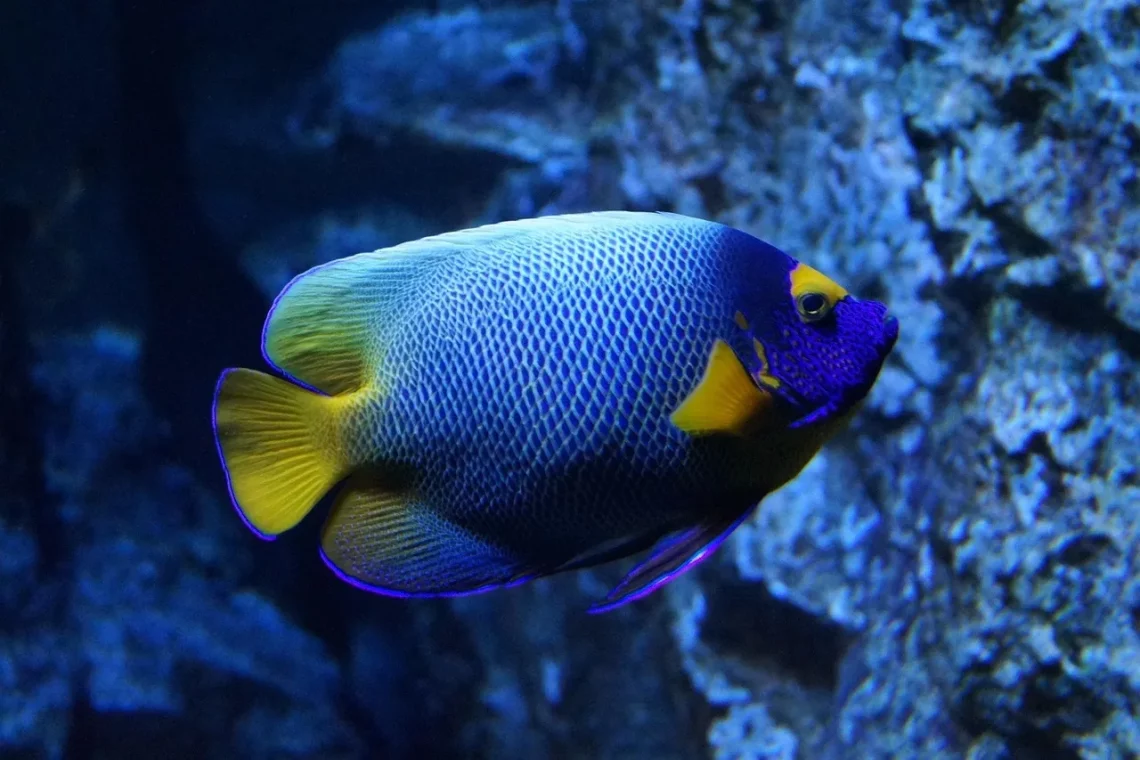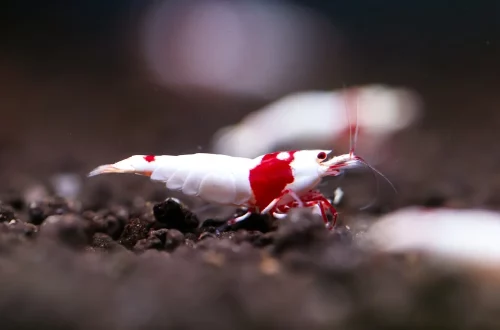
The Ultimate Guide to Coldwater Aquarium Fish for Beginners
Aquarium keeping is a delightful hobby that opens up a world of vibrant aquatic life right in your home. For many beginners, the idea of starting a coldwater aquarium can be both exciting and overwhelming. Coldwater fish are particularly appealing due to their hardiness and lower maintenance requirements compared to tropical species, making them an ideal choice for novice aquarists.
Understanding the unique characteristics of coldwater fish, their care requirements, and the best practices for setting up an aquarium can significantly enhance the enjoyment of this hobby. These fish thrive in cooler temperatures, typically ranging from 50°F to 75°F, and they can be kept in unheated aquariums, which can be a cost-effective choice.
Moreover, coldwater aquariums offer a diverse selection of species, each with its own unique colors, behaviors, and compatibility with other fish. As you embark on this journey, it is essential to know how to create a balanced ecosystem that promotes the health and well-being of your fish. From selecting the right tank size to understanding the dietary needs of your aquatic companions, each aspect plays a crucial role in ensuring a thriving aquarium environment.
Let’s dive into the essential elements of coldwater aquariums, exploring everything from popular fish species to aquarium setup and maintenance.
Choosing the Right Coldwater Fish Species
When it comes to selecting coldwater fish for your aquarium, the options can be both exciting and daunting. A variety of species thrive in cooler water conditions, each bringing its own unique charm and requirements.
Some of the most popular coldwater fish for beginners include goldfish, white cloud mountain minnows, and danios. Goldfish are perhaps the most recognized coldwater species. They are hardy and can adapt to various water conditions, making them suitable for beginners. However, it’s crucial to note that goldfish can grow quite large and require a spacious tank to thrive.
White cloud mountain minnows are another excellent choice. They are small, peaceful fish that do well in groups, making them perfect for community tanks. These fish are also quite resilient and can tolerate a range of water temperatures, although they prefer cooler conditions.
Danios, such as the zebra danio, are lively swimmers that add energy to any aquarium. They are robust and can tolerate fluctuations in water quality, making them ideal for novice aquarists. Additionally, their active nature and striking patterns make them a visually appealing choice.
When selecting fish, consider factors such as compatibility with other species, tank size, and the specific needs of each fish. Researching each species will help you create a harmonious environment where all fish can thrive.
It’s also worthwhile to check with local fish stores or online resources for advice on which species do well together and which might be more challenging for beginners. Remember, the goal is to create a peaceful community tank that allows you to enjoy the beauty and diversity of coldwater fish.
Setting Up Your Coldwater Aquarium
Setting up a coldwater aquarium is an exciting venture that requires careful planning and consideration. The first step is to choose the right tank size. While smaller tanks may seem appealing, they can be challenging to maintain due to rapid fluctuations in water parameters. A tank of at least 20 gallons is recommended for beginners, as it provides a more stable environment for your fish.
Once you have selected the tank, it’s time to set up the essential equipment. A reliable filter is crucial for maintaining water quality, as it helps remove toxins and keeps the environment clean. Look for a filter that suits your tank size and is capable of providing adequate filtration without creating too much water movement, which can stress timid fish.
Next, consider the substrate and decorations. A fine gravel substrate is often a good choice for coldwater tanks, as it allows for easy cleaning while providing a natural look. Adding plants, stones, and hiding spots can create a more enriching environment for your fish. Live plants are beneficial as they help improve water quality and provide shelter, but if you prefer low-maintenance options, artificial plants can also work well.
After setting up the tank, it’s essential to cycle it before introducing any fish. Cycling the aquarium establishes beneficial bacteria that break down harmful ammonia and nitrites produced by fish waste. This process can take several weeks, so patience is key. You can use fish food or ammonia to help kickstart the cycle.
Once your aquarium is cycled and stable, you can introduce your chosen fish. It’s best to add them gradually to avoid overwhelming the tank’s ecosystem. Monitor water parameters closely during this initial period to ensure a smooth transition for your new aquatic pets.
Maintaining Your Coldwater Aquarium
Regular maintenance is vital to keeping your coldwater aquarium healthy and thriving. A well-maintained tank not only ensures the longevity of your fish but also enhances the overall aesthetics of your setup.
Start with a consistent cleaning schedule. Performing partial water changes of about 10-15% weekly helps maintain water quality by removing toxins and replenishing essential minerals. Use a gravel vacuum to clean the substrate during these changes, as it helps remove debris and waste that can accumulate over time.
It’s also important to monitor water parameters regularly. Test for ammonia, nitrite, nitrate, pH, and temperature to ensure they remain within safe ranges for your fish. Many aquarium stores offer testing kits, and keeping a log of your readings can help you identify any trends or issues that may arise.
Feeding your fish is another critical aspect of maintenance. Provide a varied diet that meets the nutritional needs of the species you have chosen. High-quality flake or pellet food is suitable for many coldwater fish, but occasional treats like frozen or live food can enhance their diet and stimulate natural behaviors.
Keep an eye out for signs of stress or illness in your fish. Behavioral changes, such as lethargy or unusual swimming patterns, can indicate underlying health issues. If you notice any problems, it’s essential to act quickly, as early intervention can prevent more significant issues down the line.
Finally, maintaining the aquarium equipment is crucial. Clean the filter regularly according to the manufacturer’s instructions, but avoid cleaning all components at once to prevent disrupting the beneficial bacteria. Keeping an eye on the heater (if used) and lighting systems will also help ensure your aquarium remains a healthy environment for your fish.
In summary, the enjoyment of keeping coldwater fish lies in understanding their needs and creating a balanced ecosystem. With the right setup, regular maintenance, and a keen eye, you can create an aquarium that not only looks beautiful but also promotes the health and happiness of your aquatic friends.
This article is intended for informational purposes only and does not constitute medical advice. Always consult with a qualified healthcare provider for any health concerns.




